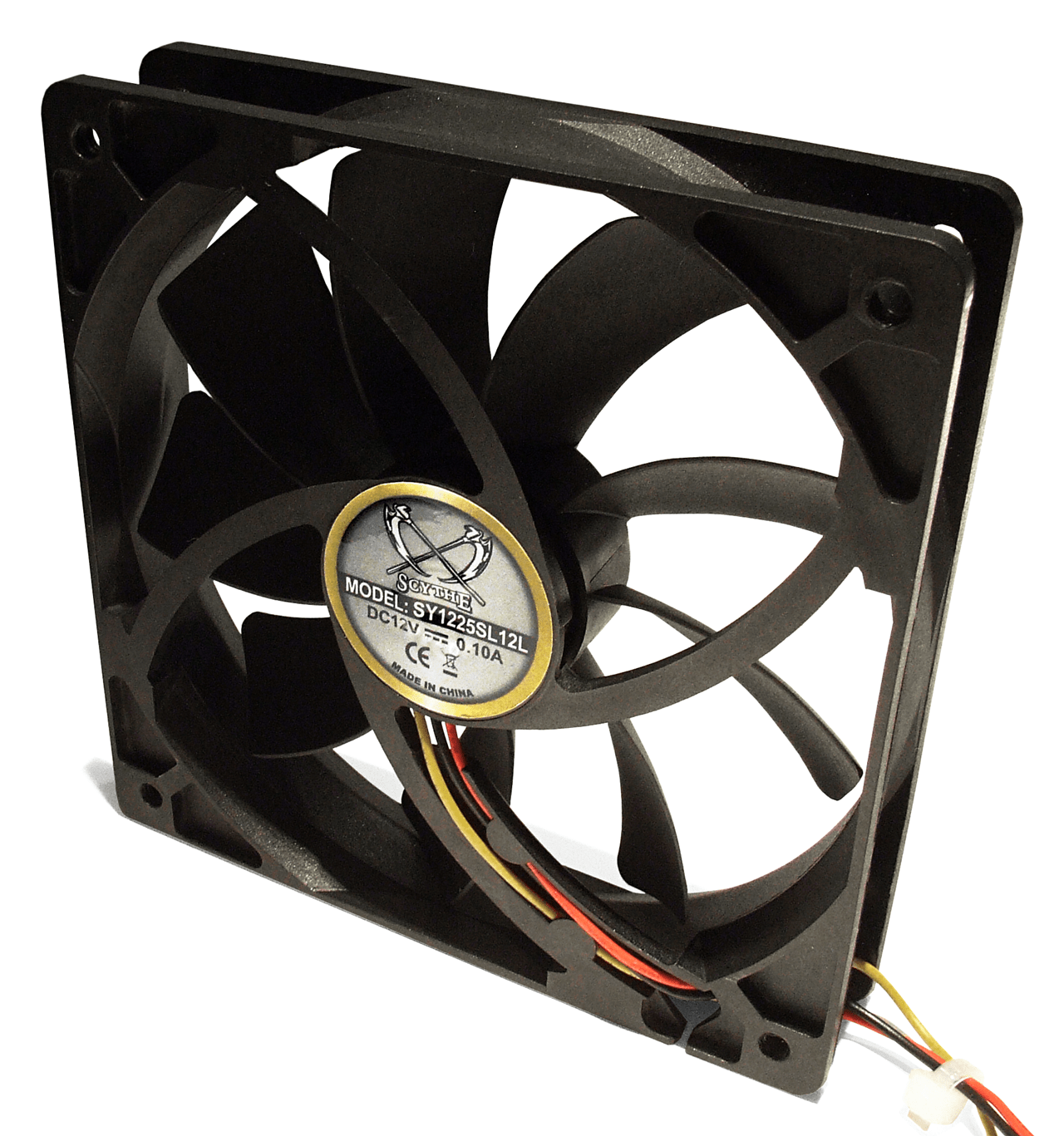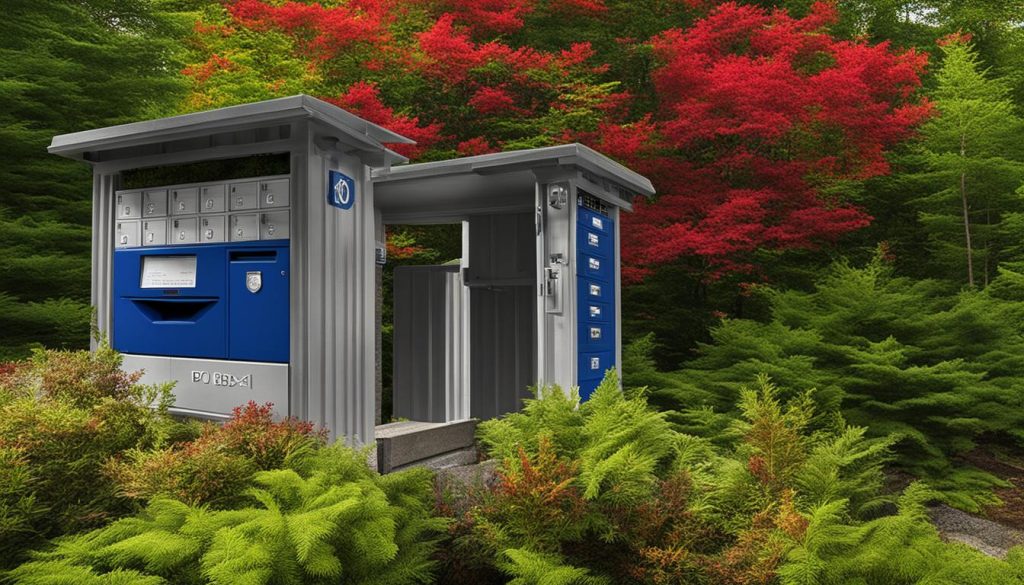A DC blower, also known as a direct current blower or a DC centrifugal fan, is a type of fan that operates using direct current (DC) power. DC blowers are designed to generate high-pressure airflow with a compact form factor. They find applications in various industries and systems where efficient air circulation and cooling are crucial. Let’s delve into the features and functionality of DC blowers.
Understanding DC Blowers
DC blowers are centrifugal fans that utilize the kinetic energy of rotating impellers to create airflow. These fans are specifically designed to deliver high static pressure, making them suitable for applications that require air movement against resistance. The distinguishing feature of an ec axial fan DC blower is its compact design, which enables it to fit into space-constrained environments while providing powerful airflow.
How DC Blowers Work
DC blowers consist of a rotor, an impeller, and a stator. When power is supplied to the blower, the rotor, which contains permanent magnets, spins due to the interaction with the electromagnetic fields produced by the stator. The impeller, connected to the rotor, accelerates the air and directs it radially outward, generating high-pressure airflow.
Unlike axial fans that move air parallel to the fan’s axis, DC blowers create airflow perpendicular to the fan’s axis. This characteristic enables efficient air circulation in systems where space is limited or where the airflow needs to be directed to a specific area.
Benefits of DC Blowers
DC blowers offer several benefits that make them well-suited for various applications:
- Compact Size: DC blowers have a compact and space-saving design. This makes them ideal for installations where space is limited, such as in compact electronic devices, server racks, and small appliances.
- High Static Pressure: DC blowers are designed to generate high static pressure, allowing them to overcome resistance and deliver airflow to confined or obstructed spaces. This makes them suitable for applications that require efficient cooling or ventilation in challenging environments.
- Efficient Air Circulation: DC blowers provide efficient air circulation due to their centrifugal airflow pattern. This pattern allows for better distribution of air across a given area and enhances the heat dissipation process.
- Low Noise Levels: DC blowers operate at relatively low noise levels, making them suitable for noise-sensitive applications or environments where minimizing noise is a priority.
- Energy Efficiency: DC blowers are known for their energy efficiency. They can deliver high-pressure airflow while consuming relatively low power, resulting in energy savings.
Applications of DC Blowers
DC blowers find applications in a wide range of industries and systems, including:
- Electronics Cooling: They are commonly used in electronics cooling applications to dissipate heat from components like processors, graphics cards, and power supplies.
- HVAC Systems: DC blowers are utilized in heating, ventilation, and air conditioning systems to ensure efficient airflow and proper temperature control.
- Automotive Cooling: DC blowers play a vital role in automotive cooling applications, including radiator cooling, air conditioning systems, and ventilation in vehicle cabins.
- Industrial Equipment: These blowers are employed in various industrial equipment and machinery, such as 3D printers, laser cutters, and welding machines, to provide effective cooling and ventilation.
- Server Racks and Data Centers: DC blowers are used in server racks and data centers to ensure efficient cooling of servers and other networking equipment.
Conclusion
DC blowers offer a compact and efficient solution for generating high-pressure airflow in applications that require efficient cooling and air circulation. Their compact size, high static pressure, efficient airflow distribution, low noise levels, and energy efficiency make them suitable for a wide range of industries and systems. By understanding the features and benefits of DC blowers, engineers and designers can select the appropriate blower to meet the specific cooling and ventilation requirements of their applications.
FAQs (Frequently Asked Questions)
- Can DC blowers be used in outdoor applications?
Yes, there are DC blowers specifically designed for outdoor applications. These blowers are built to withstand environmental factors such as dust, moisture, and temperature fluctuations, making them suitable for outdoor installations. - Are DC blowers suitable for cooling sensitive electronic components?
Yes, DC blowers are commonly used for cooling sensitive electronic components. Their high static pressure and efficient airflow distribution help dissipate heat generated by components such as processors, graphics cards, and power supplies. - Can the speed of a DC blower be adjusted?
Yes, many DC blowers come with speed control options. This allows users to adjust the blower’s speed according to the cooling requirements of the application. Speed control can be achieved through manual switches, fan controllers, or pulse width modulation (PWM) signals. - Are DC blowers more efficient than axial fans?
DC blowers and axial fans serve different purposes. DC blowers are designed to generate high static pressure, while axial fans are more suitable for applications that require high airflow with lower resistance. The choice between a DC blower and an axial fan depends on the specific requirements of the application. - Do DC blowers require regular maintenance?
DC blowers generally require minimal maintenance. However, it is advisable to periodically clean the impeller and housing to remove any accumulated dust or debris, as it can affect the blower’s performance and airflow.









